Select an Orthopaedic Specialty and Learn More
Use our specialty filter and search function to find information about specific orthopaedic conditions, treatments, anatomy, and more, quickly and easily.
GET THE HURT! APP FOR FREE INJURY ADVICE IN MINUTES
Shoreline Orthopaedics and the HURT! app have partnered to give you virtual access to a network of orthopaedic specialists, ready to offer guidance for injuries and ongoing bone or joint problems, 24/7/365.
Browse Specialties
-
- Joint Disorders
- Muscle Disorders
- Shoulder
- Sports Medicine
Biceps Tendinitis
Inflammation of a tendon is called tendinitis. An inflammation or irritation of the upper biceps tendon is called long head of biceps tendinitis. Inflammation is the body’s natural response to injury, disease, overuse or degeneration, and it often causes swelling, pain or irritation.
More Info -
- Neck and Back (Spine)
- Physical Medicine & Rehabilitation (PM&R)
Cervical Spondylotic Myelopathy (Spinal Cord Compression)
Cervical spondylotic myelopathy (CSM), or spinal cord compression, is one of the most common age-related neck conditions in the U.S. Over time, normal wear-and-tear and effects of aging can lead to a narrowing of the spinal canal (spinal stenosis), compressing, or squeezing, the spinal cord. CSM can cause a variety of symptoms, including: a tingling, prickling sensation, numbness, weakness, difficulty walking (loss of balance), wide-based gait, coordination problems, clumsiness, difficulty with simple tasks, neck pain and stiffness.
More Info -
- Hand & Wrist
Flexor Tendon Injuries
Anatomy Tendons are tissues that connect muscles to bone. When muscles contract, tendons pull on bones, causing parts of the body to move. Long tendons extend from muscles in the […]
More Info -
- Neck and Back (Spine)
- Pediatric Injuries
- Physical Medicine & Rehabilitation (PM&R)
Kyphosis (Roundback) of the Spine
The term kyphosis is used to describe the spinal curve that results in an abnormally rounded back. Although some degree of rounded curvature of the spine is normal, a kyphotic curve that is more than 50° is considered abnormal. There are several types and causes of kyphosis: postural kyphosis, Scheuermann’s kyphosis, and congenital kyphosis.
More Info -
- Neck and Back (Spine)
Lumbar Spinal Stenosis
Lumbar spinal stenosis is a common cause of pain in the lower back and legs. As we grow older, our spines change and over time, normal wear-and-tear and the effects of aging can lead to a narrowing of the spinal canal (spinal stenosis). This puts pressure on the spinal cord and spinal nerve roots, and may cause pain, numbness or weakness in the legs.
More Info -
- Joint Disorders
- Knee
- Pediatric Injuries
- Sports Medicine
Osteochondritis Dissecans (OCD)
Osteochondritis dissecans (OCD) is a joint condition that occurs when a small segment of bone separates from its surrounding region due to a lack of blood supply. As a result, the bone segment and cartilage covering it begin to crack and loosen. OCD develops most often in children and adolescents, frequently in the knee, at the end of the femur (thighbone).
More Info -
- Fractures, Sprains & Strains
- Hand & Wrist
- Sports Medicine
Thumb Fracture
Although a fracture can occur anywhere in the thumb, the most serious happen near the joints, especially at the base of the thumb near the wrist. A fractured or broken thumb can be especially difficult because it affects the ability to grasp items. Thumb fractures are usually a result of direct stress, such as from a fall or catching a baseball without a glove.
More Info -
- Fractures, Sprains & Strains
- Hand & Wrist
Wrist, Scaphoid Fracture
Fractures of the scaphoid occur in people of all ages. This fracture often happens as a person tries to break a fall and lands on an outstretched hand with the palm bearing most of the weight. Automobile accidents and sports injuries are also frequent causes.
More Info







